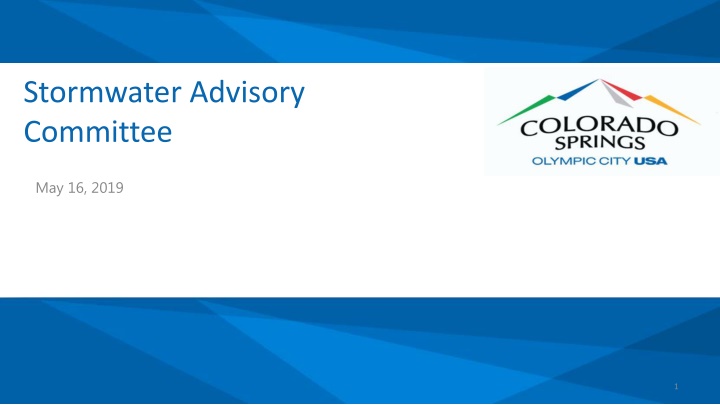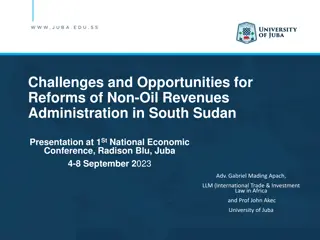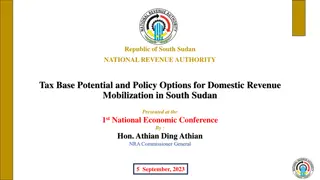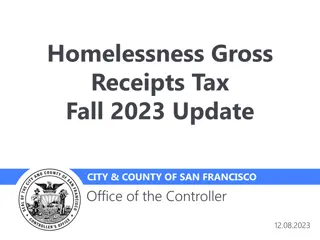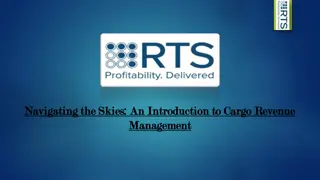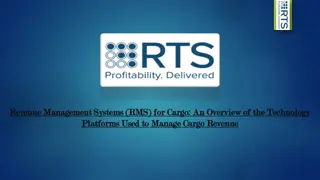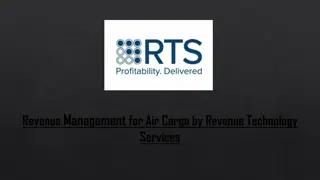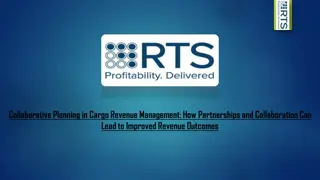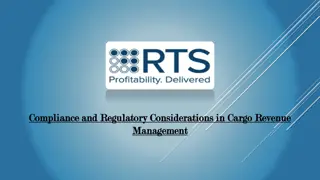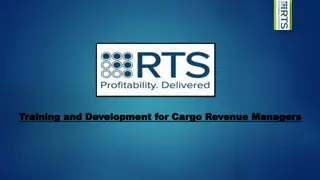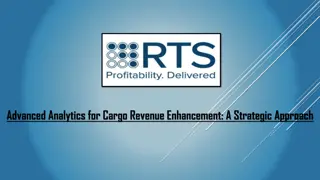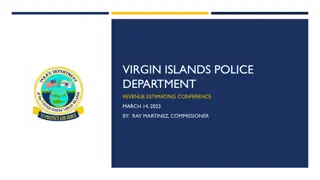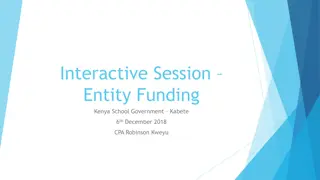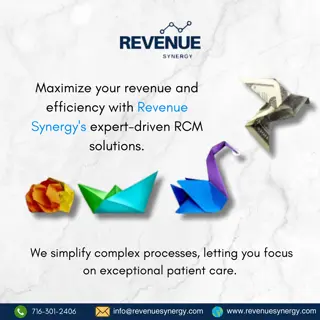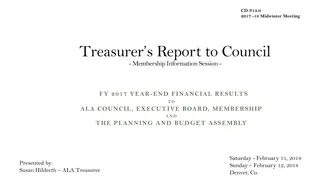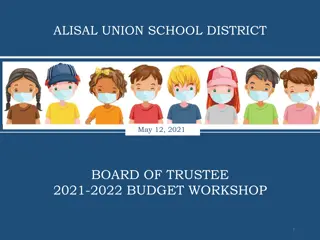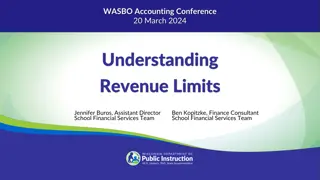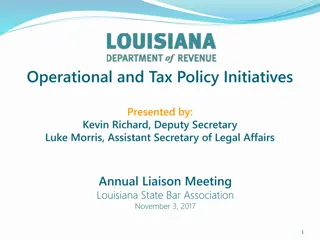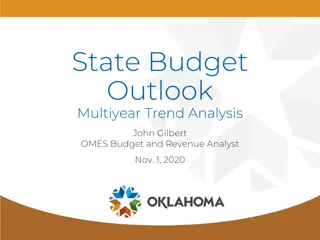Financial Overview and Revenue Collection Strategies
This document provides a detailed analysis of the Stormwater Advisory Committee's financial status, including budgets and expenses for various programs. It also outlines revenue collection strategies, billing efficiencies, and upcoming steps. The information covers areas such as MS4 programs, capital improvements, billing updates, and steps to enhance revenue collection. The focus is on financial management and efficiency in stormwater operations.
Download Presentation

Please find below an Image/Link to download the presentation.
The content on the website is provided AS IS for your information and personal use only. It may not be sold, licensed, or shared on other websites without obtaining consent from the author.If you encounter any issues during the download, it is possible that the publisher has removed the file from their server.
You are allowed to download the files provided on this website for personal or commercial use, subject to the condition that they are used lawfully. All files are the property of their respective owners.
The content on the website is provided AS IS for your information and personal use only. It may not be sold, licensed, or shared on other websites without obtaining consent from the author.
E N D
Presentation Transcript
Stormwater Advisory Committee May 16, 2019 1
2019 Q1 Financial Overview MS4 Program 2019 ORIG. BUDGET $ 4,948,099 PY Rollover $ 373,924 TOTAL BUDGET $ 5,322,023 EXPENSED $ 815,483 CONTRACTED $ 578,563 REMAINING $ 3,927,978 % EXPENSED % CONTRACTED Note: Budget includes $2M for SWENT setup and billing Does not include MS4 legal expenses or CSU Creek Crossing 15% 11% % REMAINING 74% Drainage Operations / Maintenance 2019 ORIG. BUDGET $ 4,131,942 PY Rollover $ 150,952 TOTAL BUDGET $ 4,282,894 EXPENSED $ 881,953 CONTRACTED $ 103,773 REMAINING $ 3,297,169 % EXPENSED % CONTRACTED 21% 2% % REMAINING 77% 2
2019 Q1 Financial Overview Stormwater Capital Improvements 2019 ORIG. BUDGET $ 7,462,000 PY Rollover/Supplemental $ 12,504,249 TOTAL BUDGET $ 19,966,249 EXPENSED $ 1,586,058 CONTRACTED $ 4,753,405 REMAINING $ 13,626,785 % CIP Design Complete 40% % CIP Design Remaining 60% % CIP Construction Complete 25% % CIP Construction Remaining 75% Note: CIP design and construction can be funded over multiple years 3
281686.1 2529 Billing and Revenue Update Residential billed thru Utilities approx. 99% collections rate Non-residential est. approx. 92% revenue collection rate Mailed May Delinquent Notices - Subject to Collection / Lien Currently working returned mailed 90 days or more past due total $281,686 2,529 accounts over 90 days past due /13% of non-residential accounts, (approx. 1,600 are residential billed through City not CSU)
Revenue Collection Strategies and Billing Efficiencies Next Steps Working to develop an automated GIS billing system 6 mo. review of newly developed properties Stormwater fee determination of commercial condo plats Collection of accounts over 90 days past due utilizing tax liens Utilize collection company for tax exempt parcels Research options for payment assistance on non-residential
Revenue Collection Strategies and Billing Efficiencies Next Steps Utilize CSU commercial water service agreements (HOAs and Associations) to bill residential units without an active residential water service agreement City currently bills 7557 residential units (without an active residential water service agreement with CSU) Approximately 6424 may be billed through an HOA or Association starting January 1st 2020 Billing through CSU cost SWENT approximately 4.5 cents per bill ($289 per month) Billing through CLA cost SWENT $1.74 per bill ($11,178 per month) Savings of approximately $10,889 per month, $130,664 per year
Low Impact Development (LID) Current Criteria within the City of Colorado Springs Drainage Criteria Manual Vol. 2 All land development and re-development activities that disturb 1 acre or more of property either individually or in aggregate, are required to reduce runoff peaks, volumes, and pollutant loads from urbanizing areas, and to implement LID strategies, including MDCIA. Runoff reduction estimates based on UDFCD-approved calculation methods are required for all land development and re-development activities to quantify the volume reduction achieved.
Low Impact Development (LID) Discussion The Current DCM criteria does not require specific LID standards or metrics to be met on development of redevelopment projects Should the City have minimum standards for volume reduction through implementation of LID on development and redevelopment projects? Should the standards be applied to specific uses or types of development? Should there be exemptions? What would the financial impacts be on project/construction costs?
